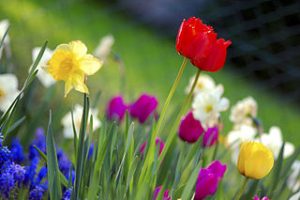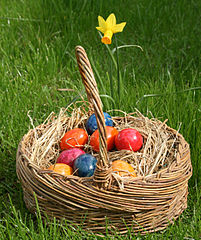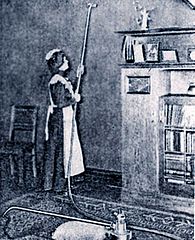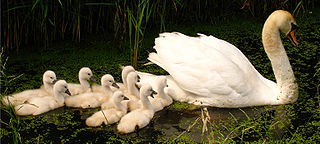 Six weeks ago the groundhog saw his shadow and declared winter wasn’t over. Between then and now we’ve had indicators that spring was on the way. Holi, a moveable festival, took place on March 2. Daylight Savings Time in the U.S. started last Sunday.
Six weeks ago the groundhog saw his shadow and declared winter wasn’t over. Between then and now we’ve had indicators that spring was on the way. Holi, a moveable festival, took place on March 2. Daylight Savings Time in the U.S. started last Sunday.
But tomorrow is the Spring Equinox when Spring becomes official in the Northern Hemisphere. An equinox is when light and darkness are approximately equal. In Spring the hours of daylight lengthen, and life begins its annual renewal. It’s a time to celebrate.
 Spring festivals abound. Prior to the Julian Calendar in 45 BCE, the spring equinox marked the beginning of the new year. Time may have moved to January, but spring continues to mark renewal, new beginnings, and ancient customs.
Spring festivals abound. Prior to the Julian Calendar in 45 BCE, the spring equinox marked the beginning of the new year. Time may have moved to January, but spring continues to mark renewal, new beginnings, and ancient customs.
DECORATING EGGS
The tradition of decorating eggs, for example, began long before Christians adapted the custom to Easter. Goddess Ostara, a moon goddess of spring and fertility, held an egg as a symbol of fertility. Her sacred animal was a hare that laid eggs. Hence the still celebrated Easter Bunny.
Druids buried eggs to insure fertility of the land. Beforehand they dyed the eggs red to symbolize menstrual blood and draw life force into the land.
In ancient Egypt and Persia people exchanged decorated eggs at the spring equinox. Hundreds of years later King Edward I’s household record shows his order to decorate 450 eggs to be given as Easter gifts.
SPRING CLEANING
 Another custom of the season is Spring Cleaning, now a synonym for “deep cleaning.” More than a chance to open up the house to fresh spring air, Spring Cleaning underpins two spring festivals.
Another custom of the season is Spring Cleaning, now a synonym for “deep cleaning.” More than a chance to open up the house to fresh spring air, Spring Cleaning underpins two spring festivals.
Iranian tradition celebrates the new year as Now Rouz. Two weeks prior, Iranians embark on khaneh takani, the “Shaking of the House.” The entire house is scoured, and fresh flowers are brought in to renew energy.
The Jewish custom of Pesah, Passover, also involves cleaning. Passover celebrates the Hebrew escape from Egypt when the people had no time to bake leavened bread. Prior to the festival believers deep clean their house to remove any crumbs of leavened bread that may have escaped normal cleaning.
Whether you “Spring Clean” or not, Spring is a time of Joy, Renewal and New Life. It’s about going outside and experiencing all that Nature has to offer. Enjoy this seasonal bridge between Winter and Summer.
Illustrations from Wikimedia Commons.
Garden with Tulips and Narcissus by Anita Martinz. Creative Commons Attribution.
Easter Basket with Eggs by Toelstede. Creative Commons Attribution.
The Deducting Pump 1906. Public Domain.
Mute Swan with Nine Cygnets by S. Sepp. Creative Commons Attribution.
Josh Clark. “Why do we Traditionally Clean our Homes at the Beginning of Spring?” How Stuff Works.
Kathleen Halloran. “A History of Spring Traditions.” Mother Earth Living. Feb/Mar. 1999.
Miranda Omer. “The Meaning of the Spring Season.” Mother Nature Network. Mar. 7, 2010.
Nola Taylor Redd. “Spring: Season of New Beginnings.” Live Science. Mar. 17, 2016.

Sandra Wagner-Wright holds the doctoral degree in history and taught women’s and global history at the University of Hawai`i. Sandra travels for her research, most recently to Salem, Massachusetts, the setting of her new Salem Stories series. She also enjoys traveling for new experiences. Recent trips include Antarctica and a river cruise on the Rhine from Amsterdam to Basel.
Sandra particularly likes writing about strong women who make a difference. She lives in Hilo, Hawai`i with her family and writes a blog relating to history, travel, and the idiosyncrasies of life.


